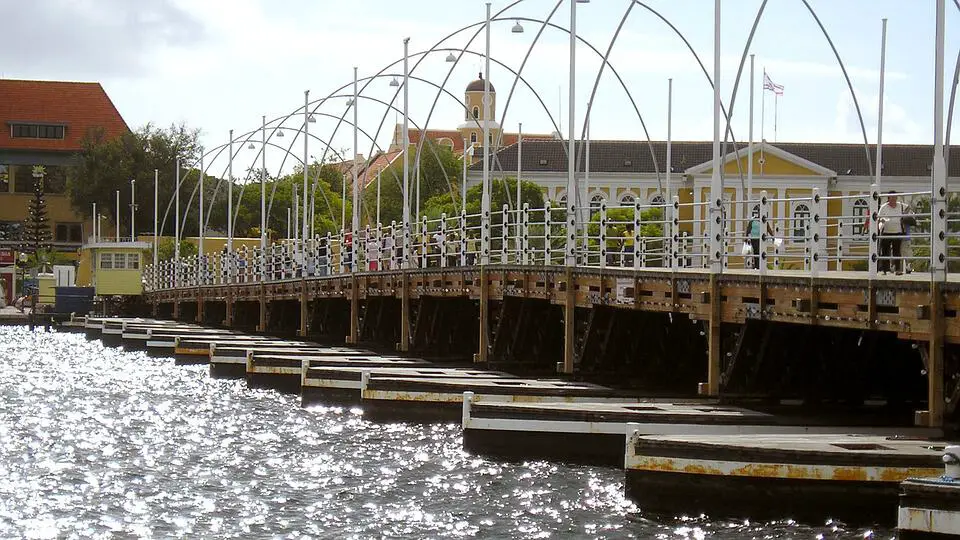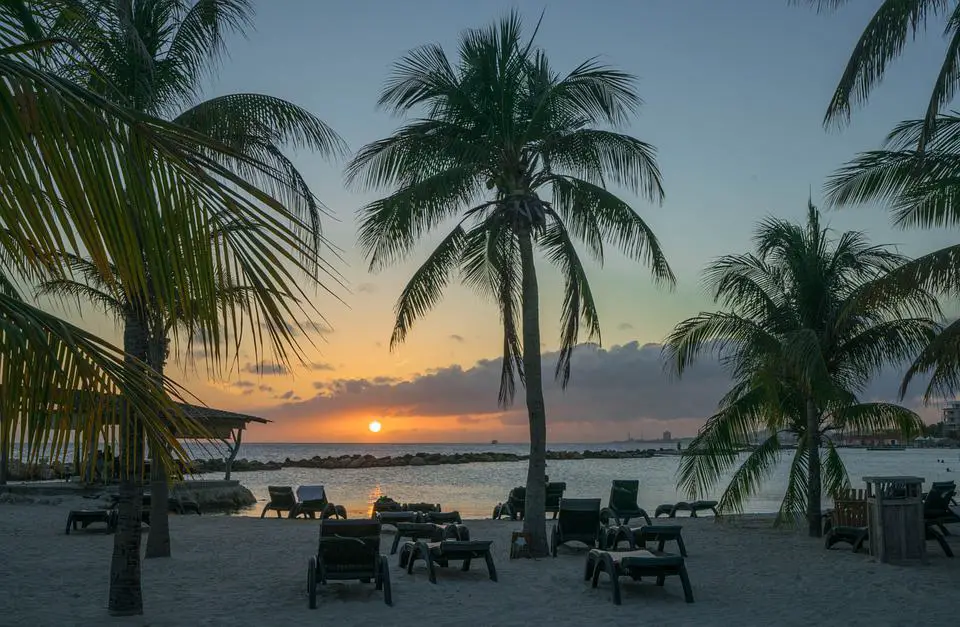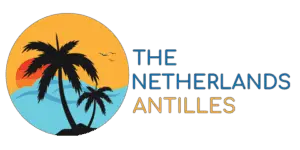Curacao is an island located in the Lesser Antilles in the Southern Caribbean Sea. It is part of the Dutch Caribbean region alongside other islands that are also found on this side of the world.
Many people often wonder whether Curacao is a country or not, as the political status of this island is very confusing to some.
But, not many know that Curacao is a constituent country of the Kingdom of the Netherlands. So, if you are wondering about whether Curacao is a country or not, then the straight answer is yes.
If you would like to know more about Curacao and to fully understand its political, economic and social status, then I will definitely recommend you to continue reading this article.
All about Curacao
This Caribbean island is only 40 miles north of the Venezuelan coast, and it’s part of something that is called the ABC islands which involves Aruba, Bonaire and Curacao.
Curacao, the other ABC islands and Trinidad and Tobago form part of what it’s often referred to as the continental shelf of South America because when these islands are seen from above they sort of form a shelf on the northern side of South America.
In terms of its geography, the highest point of the island is Mount Christoffelberb (1,220 ft) above the sea level. Also, Curacao boasts a semi-arid climate with a dry season that goes from January to September, while its wet season goes from October to December.
Curacao is also a great destination for tourists who like to enjoy the warm sun and perfect weather all-year-round that the Caribbean has to offer, without worrying about hurricanes as this island lies just outside the hurricane belt.

The history of Curacao
Before the Europeans arrived, the Arawak and the Caquetio Amerindians were the inhabitants of this island, as they had migrated many years before from South America.
Back in 1634, the Dutch started to colonize this island after they gained their independence from Spain.
It was the Dutch West India Company the one that founded Willemstad, the capital of Curacao.
This Caribbean island has been filled with different economic activities such as salt mining, duty-free shopping, tourism, etc. that has allowed the island to grow.
At first, the country was part of what was known as the Curacao and Dependencies colony that lasted from 1815 to 1954, and then in 1954 up to 2010, it was part of the Netherlands Antilles. Back then it was always referred to as ‘’Island Territory of Curacao’’.
But not everything has been pretty in Curacao’s history, as this island was filled with Dutch colonists who would often take slaves there to work for them, or who would be sold in their slave trades.
This is why -even to these days – you will be able to see impressive buildings that are colonial in the capital city of Willemstad, as the Dutch colonists would make impressive amounts of money and would invest it all in building these houses.
It was in 1815 when the island was incorporated to the Colony of Curacao and Dependencies and slavery was abolished almost 50 years later, in 1863.
Curacao nowadays…
Curacao almost became a country within the Kingdom of the Netherlands in 2007, however, back in 2006, this process was delayed due to a rejection made by the island council.
Another island council came to power and the agreement was ratified in 2007, and it took them two years to organize a referendum which saw a 52% of the inhabitants of Curacao say yes to the plans of becoming a separate country within the Kingdom of the Netherlands.
Nowadays Curacao is called the Country of Curacao, cementing its own status as a legitimate country. Klein Curacao, or ‘’Little Curacao’’ is also a part of this country that has a population of almost 150,000 (according to the last census that was made in 2017).
Curacao is a very nice and safe island which is perfect for tourists. Are you wondering how expensive Curacao is or what time it is best to travel to Curacao? You can find that in my articles linked in this paragraph.

What happened after the dissolution of the Netherlands Antilles?
On October 2010, the dissolution of the Netherlands Antilles came into full effect, so, this meant that Curacao automatically became a country within the Kingdom of the Netherlands.
In other words, the Kingdom would retain responsibility for Curacao’s defense and foreign policy, and it was also going to oversee the island’s finances. However, Curacao was about to have a Prime Minister of its own.
Let’s explain this a little bit further. Even though Curacao is a constituent country that belongs to the Kingdom of the Netherlands, it still has its own Prime Minister, so the political situation is that they have a parliamentary representative democracy.
The King of the Netherlands is, of course, the Head of State, who is represented in Curacao by a Governor. Whereas the Prime Minister of Curacao is the head of Government.
Furthermore, Curacao has full autonomy on its territory, however, there are some matters that have exceptions and that are presented on the Charter for the Kingdom of the Netherlands, so the judicial system in Curacao must appeal to this Charter in order to find the solutions to their problems.
What languages are spoken in Curacao?
Due to its history, Curacao has always been an island filled with individuals who are polyglots.
A polyglot person is someone who speaks more than three languages fluently. In the case of this Caribbean island, the official languages that most people speak are Dutch, English and Papiamentu.
The Dutch language is officially used for all legal and administrative matters. However, most people are also able to hold a conversation in Spanish, French and Portuguese.
And in case you were wondering what Papiamentu is, it’s a mixed language that combines Portuguese creole with some Spanish, Dutch and even African influences, that is widely spoken all throughout the island regardless of the levels of the society.
Another interesting fact about Curacao is that it is one of the few places on earth where a creole language is used as the main language in education. In fact, creole was introduced in 1993 as the main language of primary school education.
Spanish has also had a special connection with Curacao, mainly because there has also been a close relationship with nearby countries such as Venezuela and Colombia. Whereas the English language has been thoroughly used since the British took over Curacao for a couple of years.
And lastly…
If you are thinking about going to a beautiful country in the southern hemisphere, then why don’t you consider going to Curacao? This beautiful island has everything you need to have a beautiful vacation where you will be able to enjoy sandy beaches, crystal clear water and friendly people from all over the world.
Curacao offers a very interesting outlook in life since this is a very laid-back island, I’m sure you will be able to find your own way soon after you get there. It’s capital city, Willemstad, is easy to navigate, locals will definitely understand your language, and it’s one of the cheapest islands in the Caribbean.
So, if you were still hesitant about booking your trip to Curacao, then I kindly suggest you read all of my other articles about this amazing island and I’m sure you will find not one but at least a dozen of reasons why you should definitely go to Curacao this year.

